Was it in "Ubik" that people had to pay a fee every time they wanted to use their domestic appliances or even open the door to their own house?
RedBauble
Not one in particular, just the first thing that came to mind since I use it a lot on linux. I even use NewPipe on android, didn't even remember it had an option to download
yt-dlp inside termux?
Baikal works wonders
I did that some time ago. I just put the letter in an envelope, with just the receiver address on it, went to my local post office, paid for the service and the stamps, left them the letter and I was done.
What's up with the in-app tracking? Is it just related to likes/dislikes?
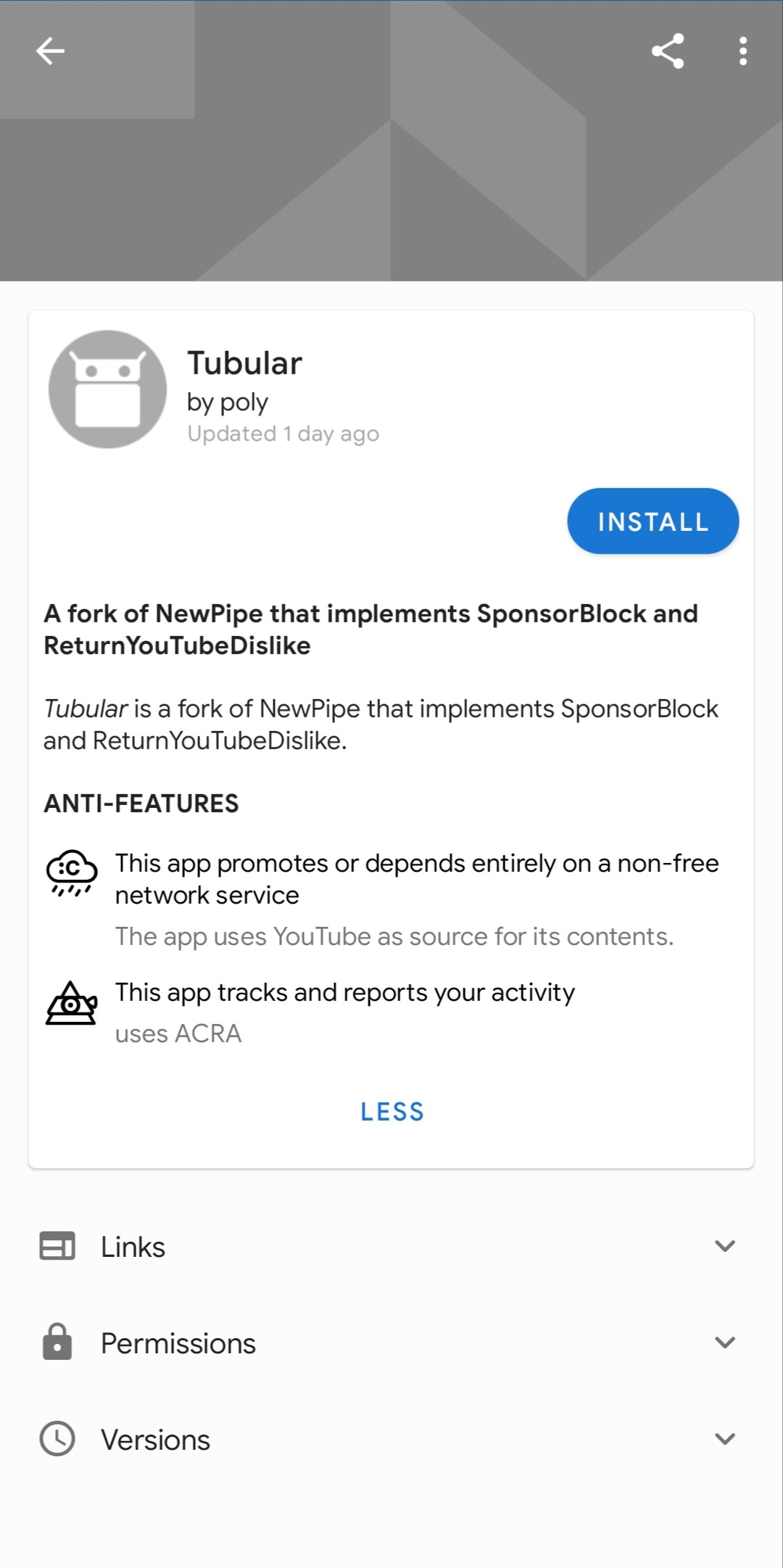
I am sorry for double/triple posting. I was trying to cross post from !doctorwho@lemmy.world but cross posting is broken from the Eternity android app. This time I used the webui
I really despise the use of the mouse, in some way it just feels somewhat wrong, especially the need to constantly move one hand between the mouse and the keyboard. Also I'm way faster at typing that I am pointing and clicking around looking for the right button to press. Terminal commands offer a simple and expressive way to interact with the computer.
What do you use now?



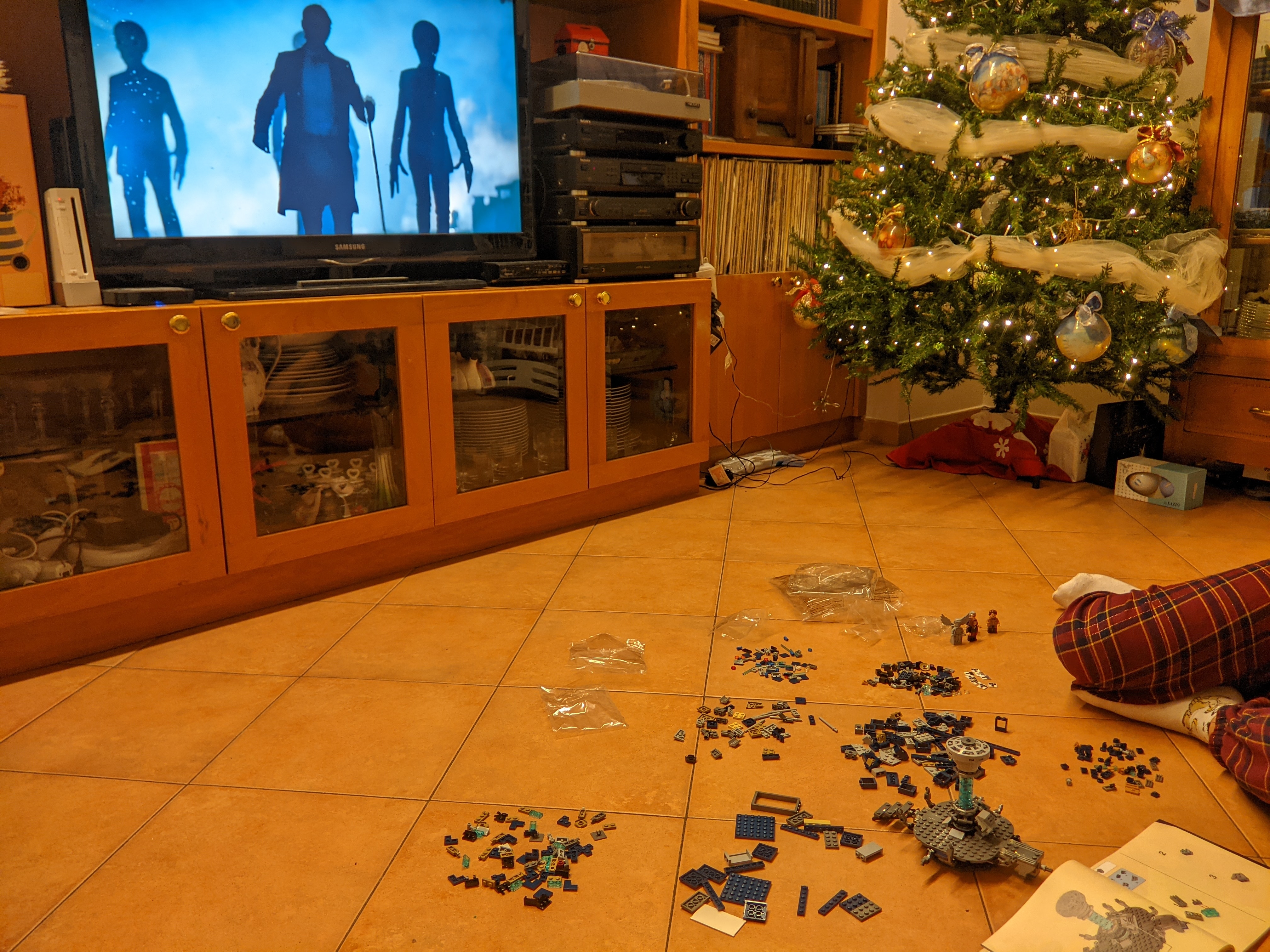
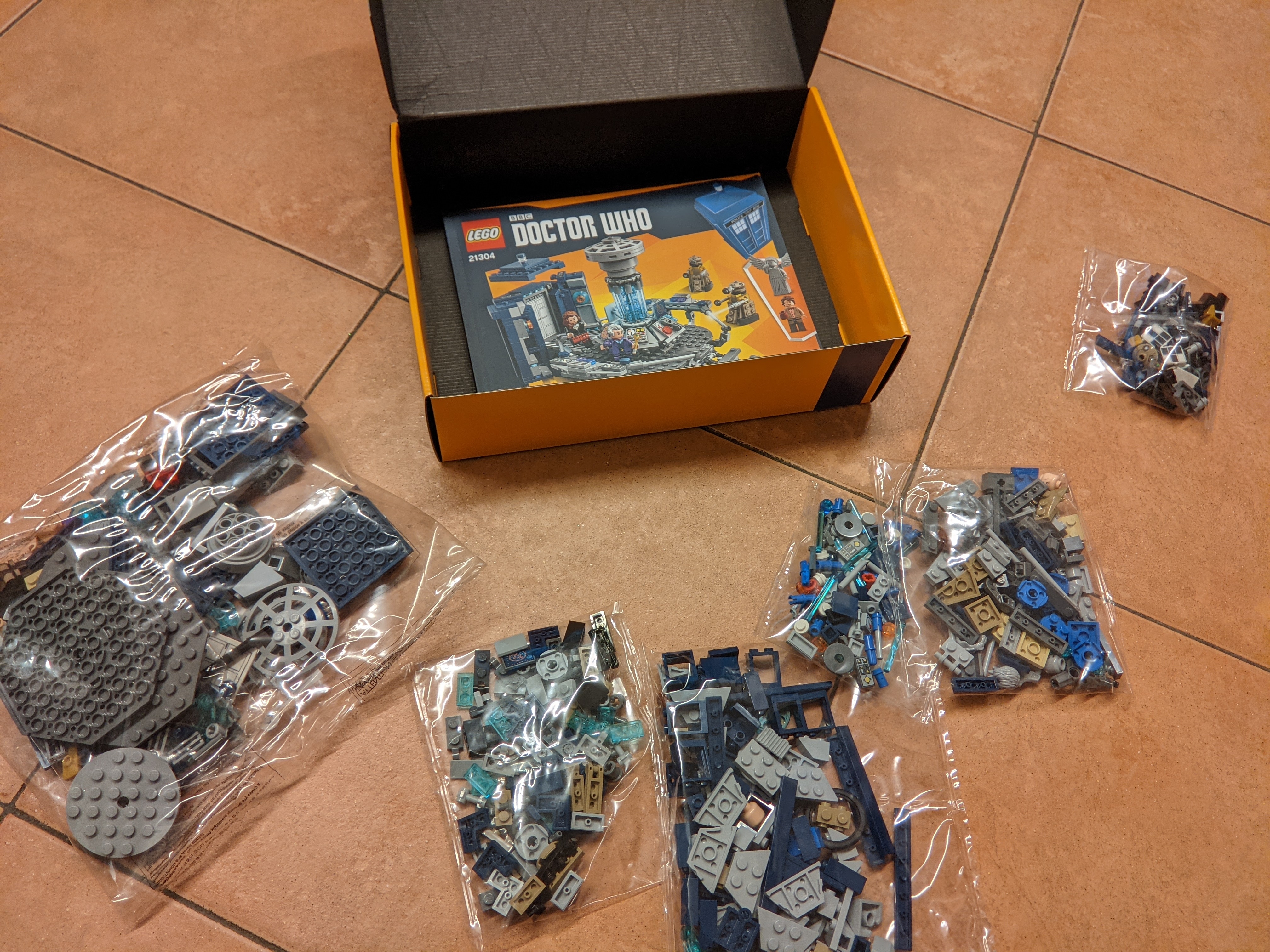
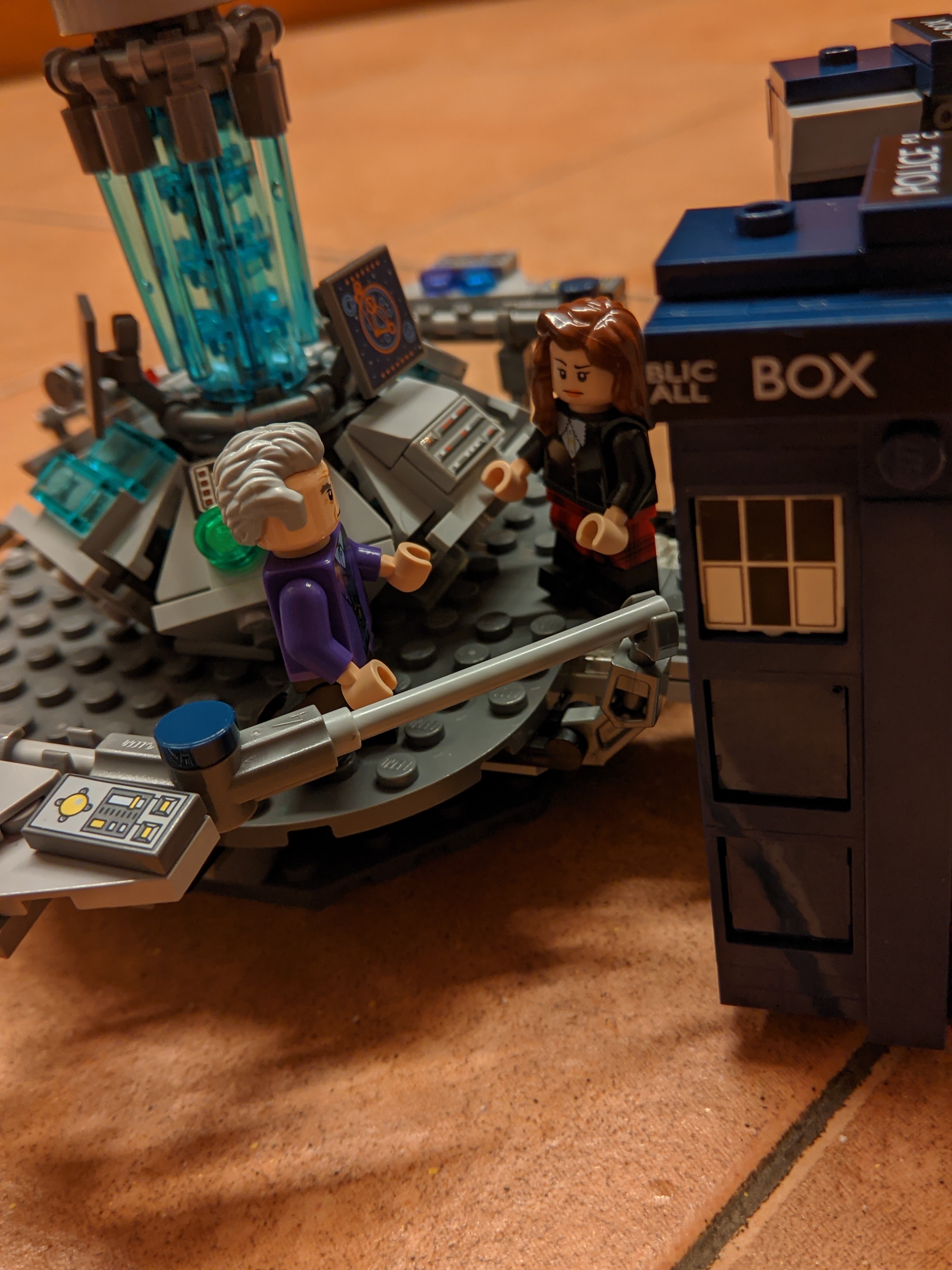
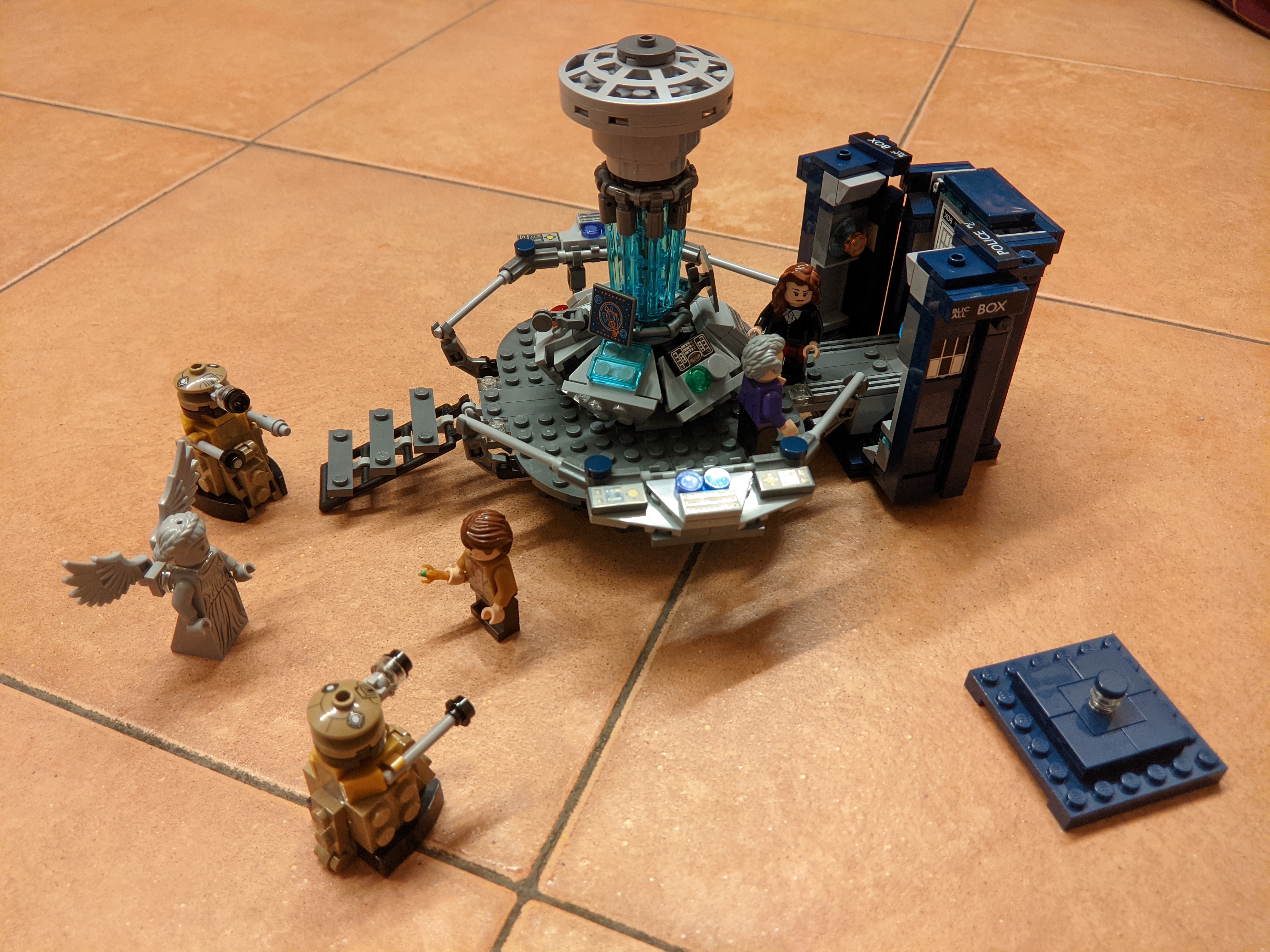
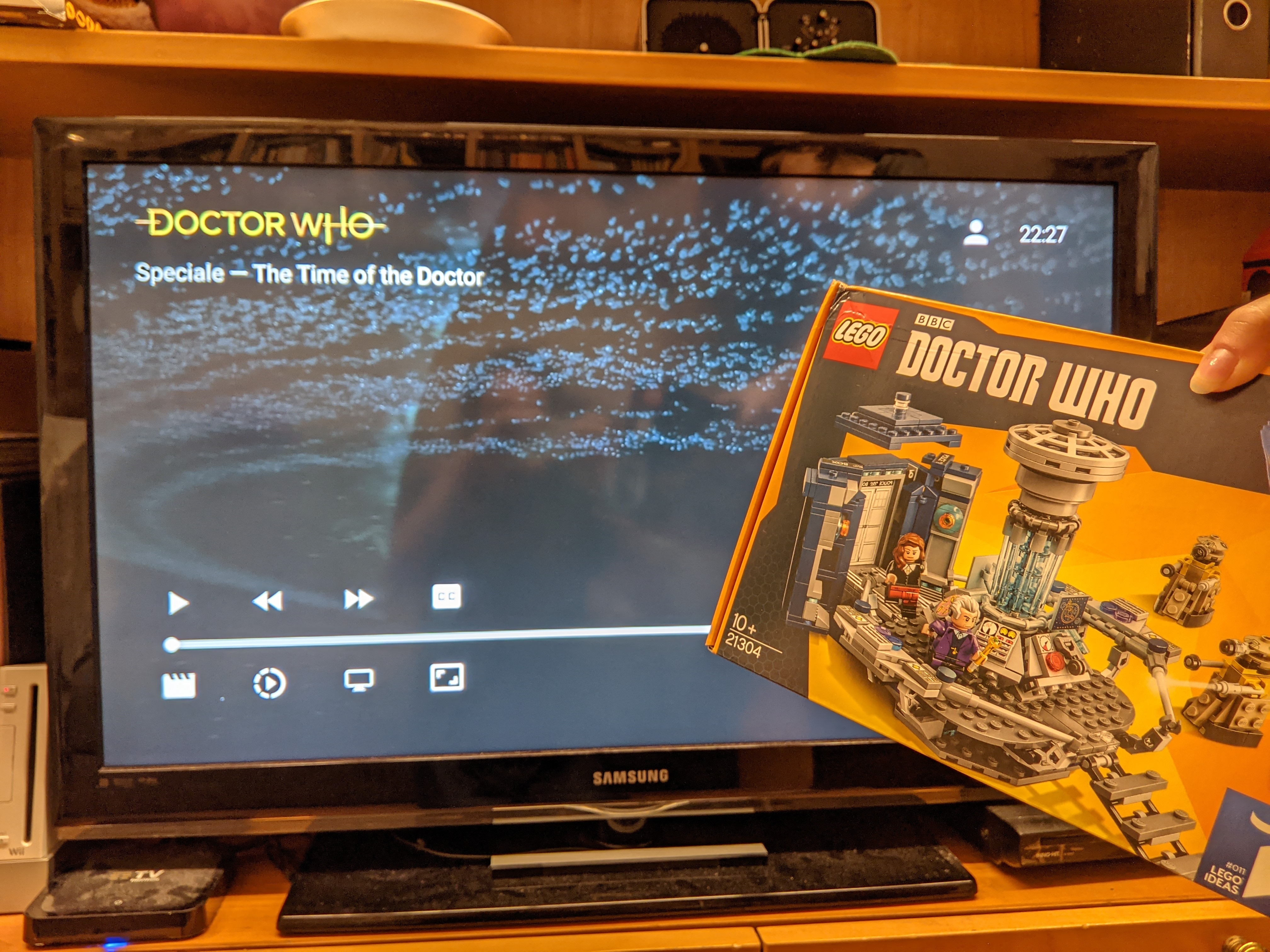
Why not both